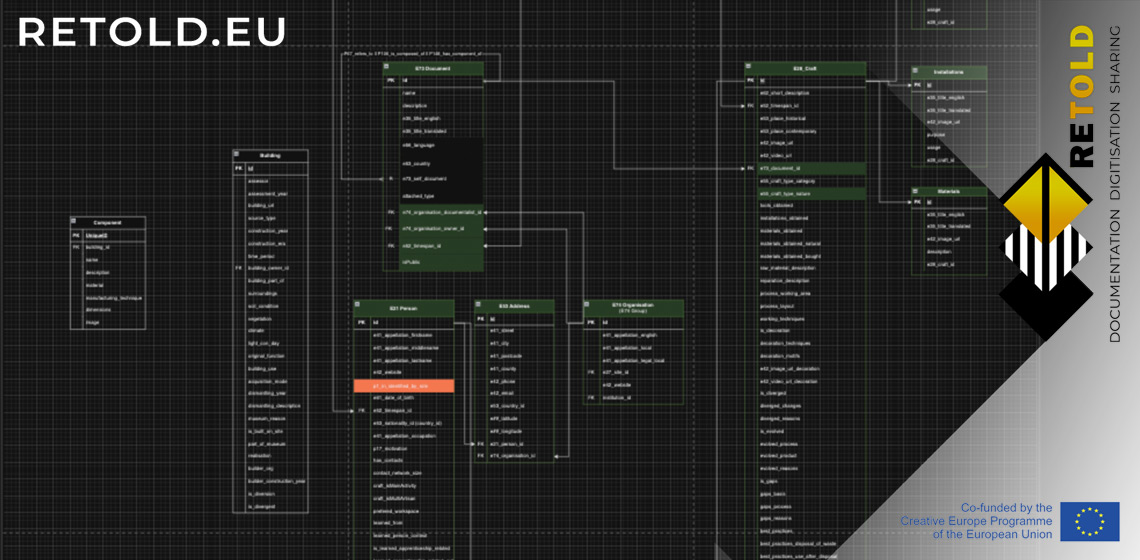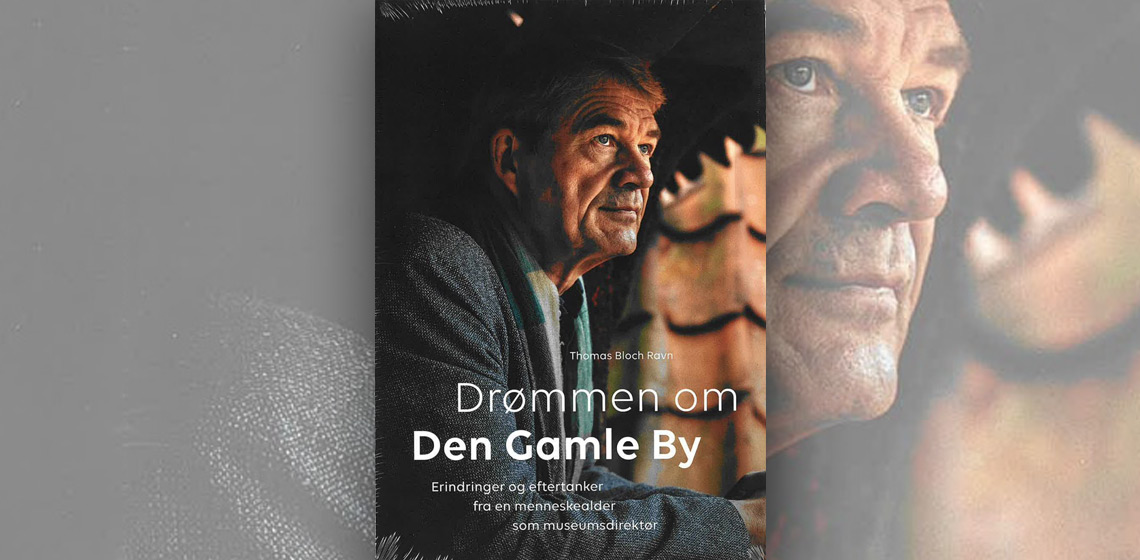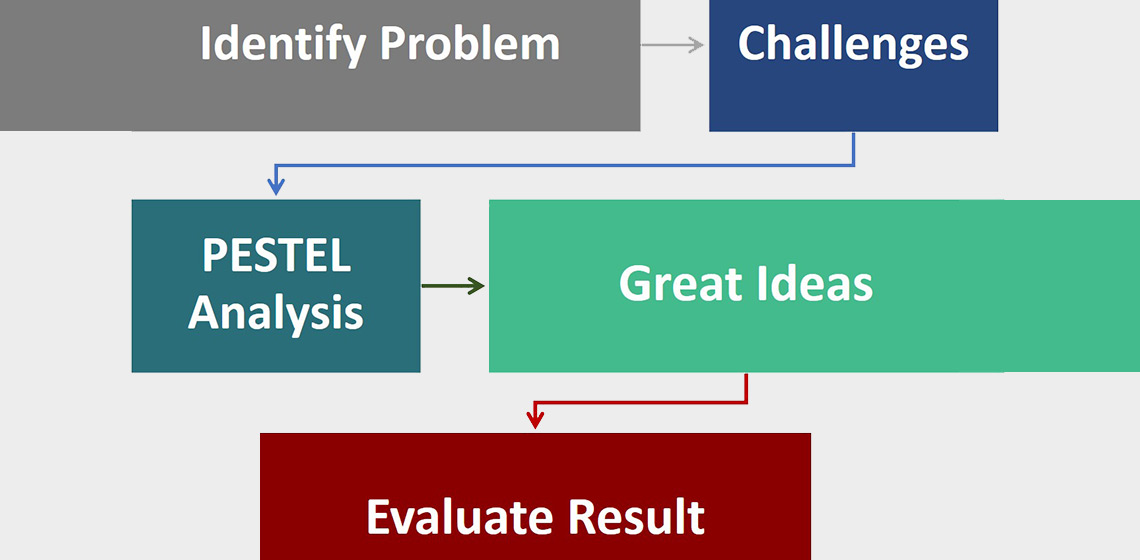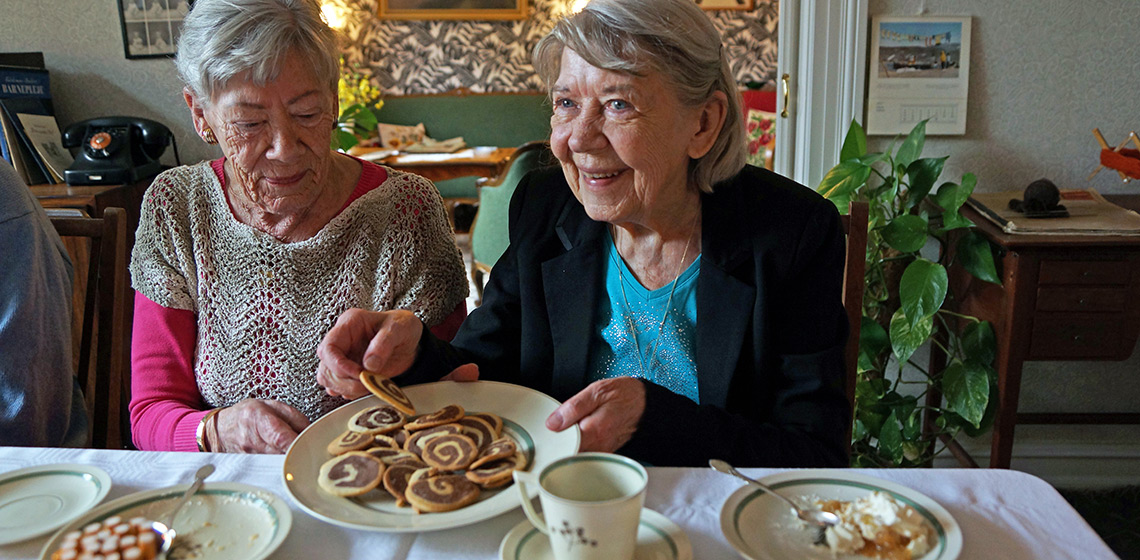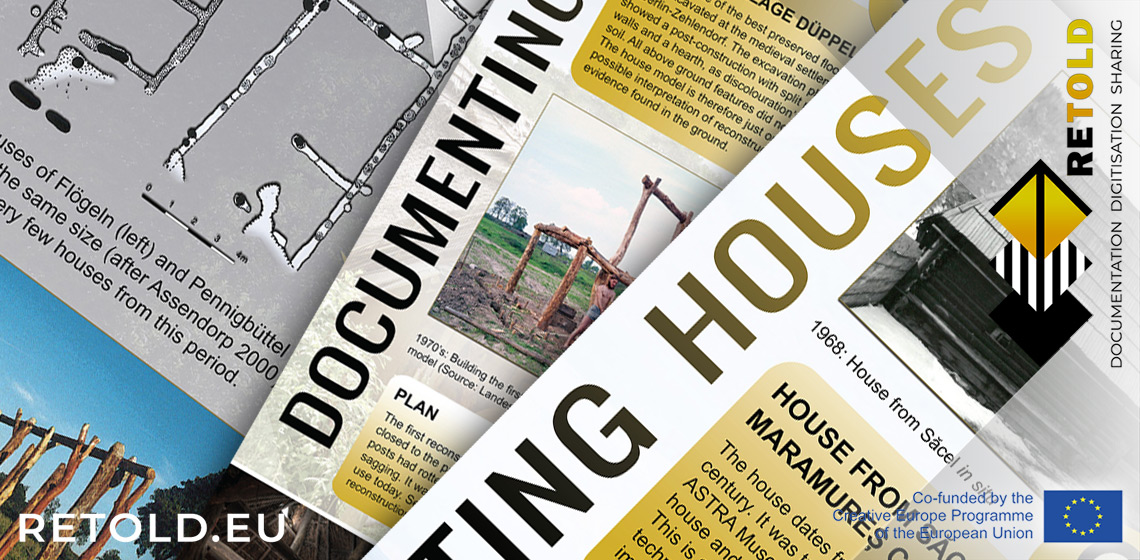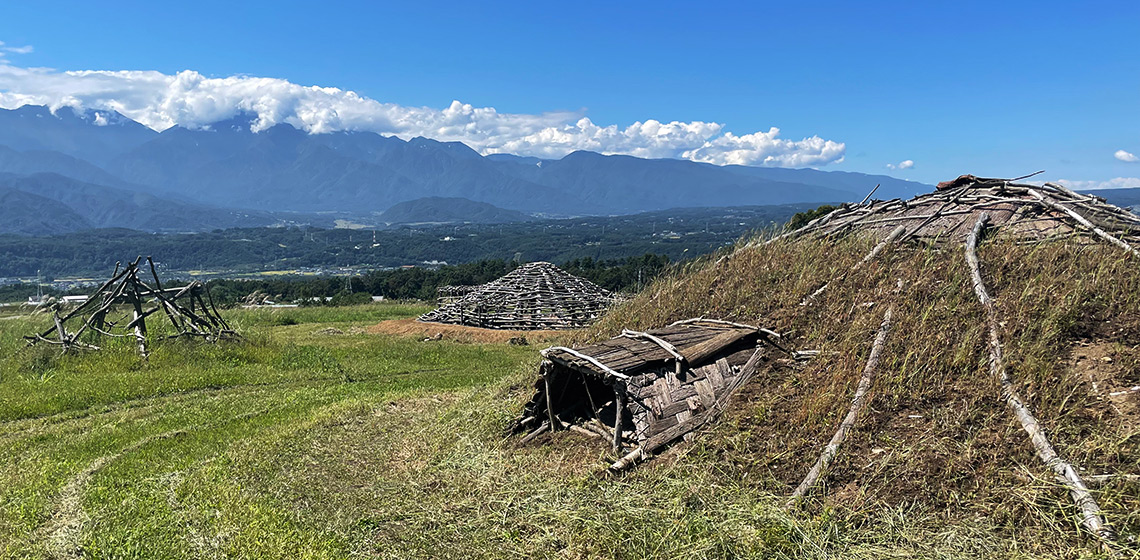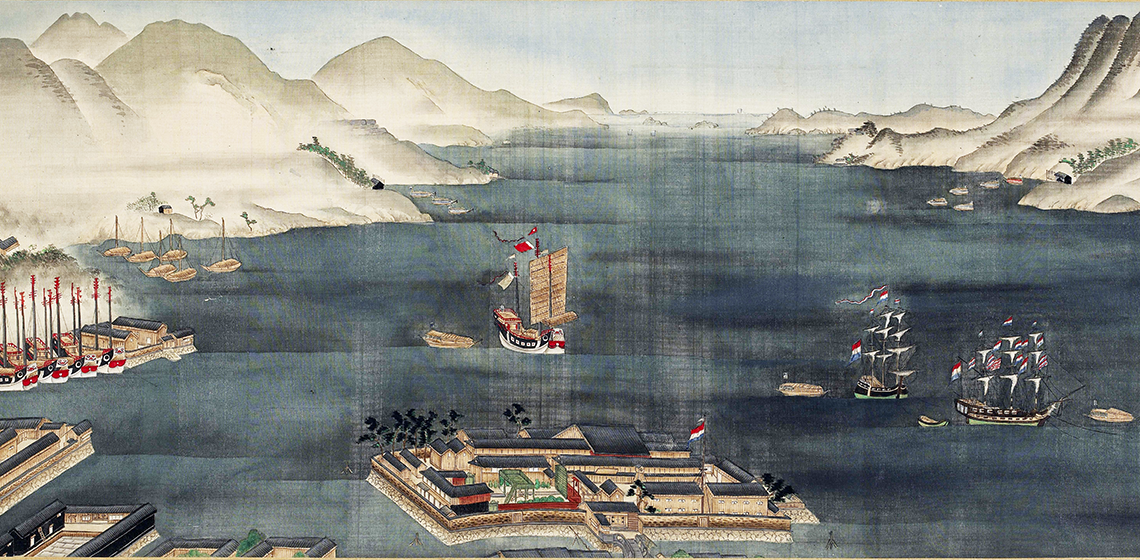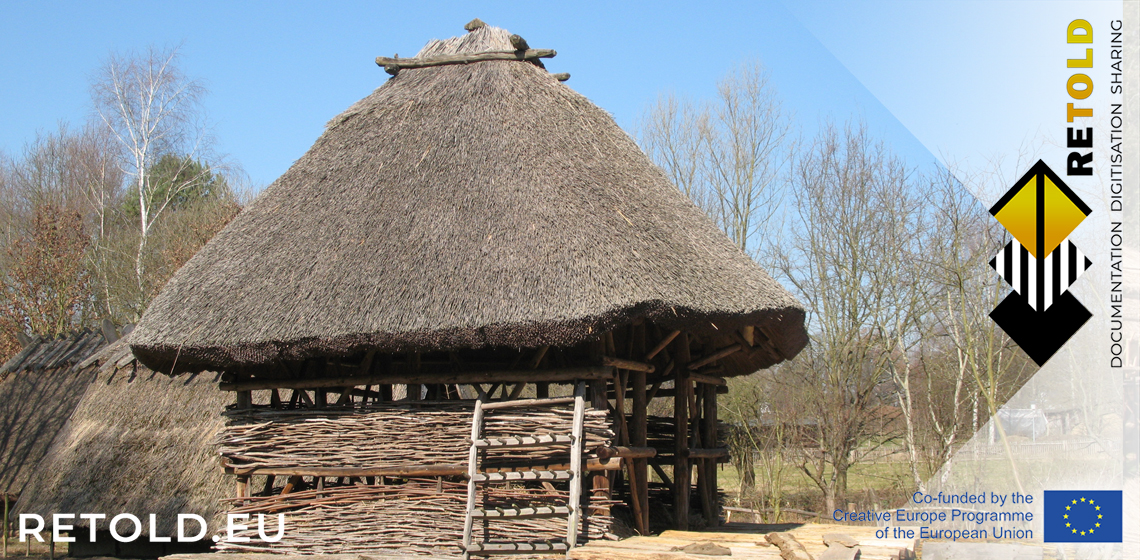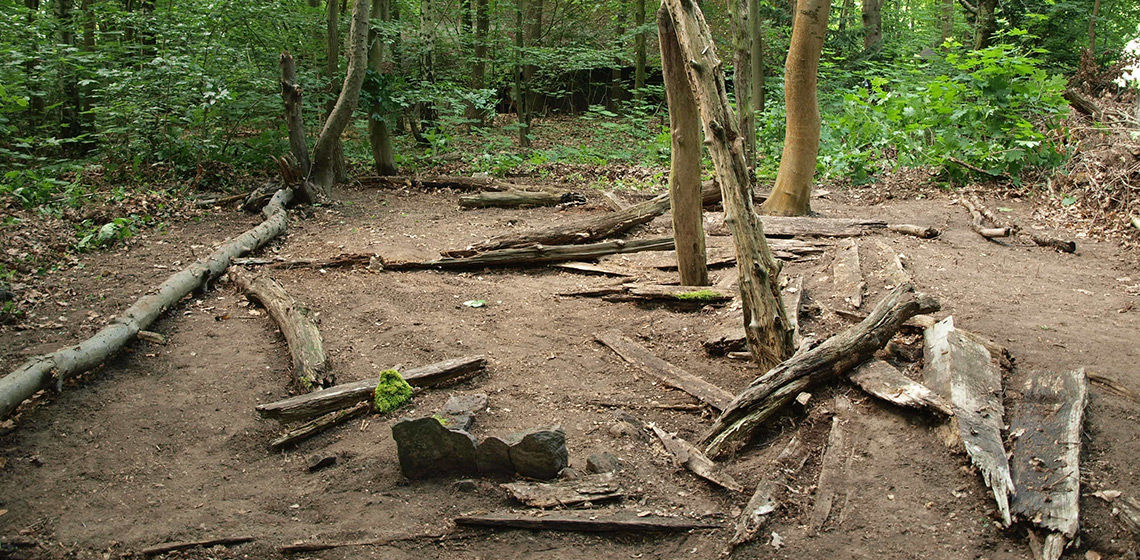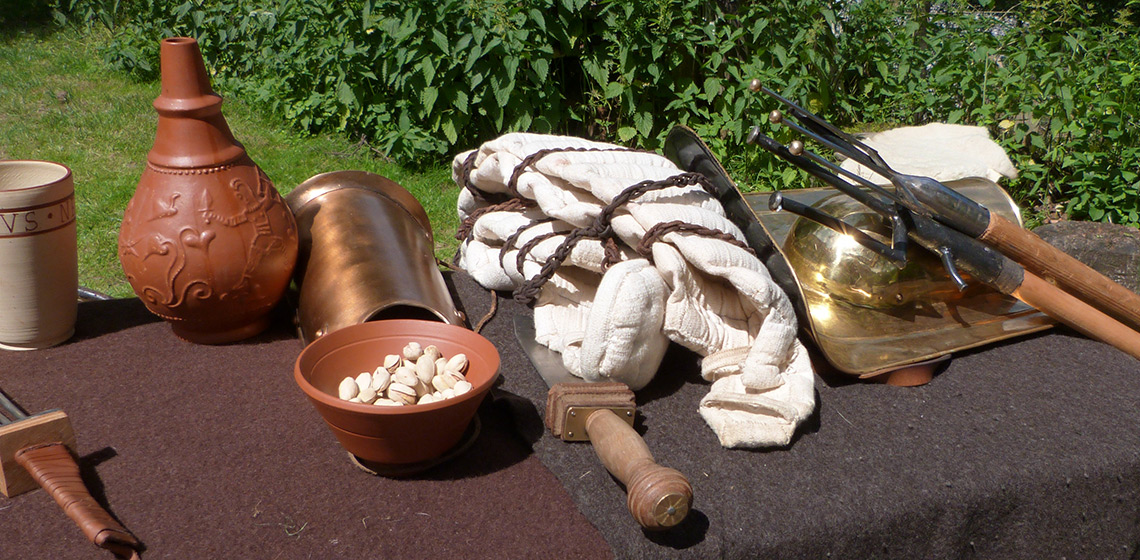open-air museum
RETOLD: CIDOC CRM and the Documentation of Buildings and Crafts
Publication Date
Cultural heritage documentation is the process of systematically recording and preserving information about historical artifacts, monuments, traditions, and other intangible cultural expressions. One of the primary aims of the RETOLD project was to create a prototype for immersive digital storytelling that communicates cultural information to diverse audiences...
Book Review: "The dream of The Old Town – Memories and reflections from a lifetime as museum director by Thomas Bloch Ravn" by Helle Ingerslev Kristensen
Publication Date
After 28 years in the director's chair, Bloch Ravn tells vividly and in detail about the many years of work in running and developing the museum Den Gamle By (or in English: The Old Town) towards becoming the great flagship for culture and tourism in East Jutland, Denmark...
Strategy of Presenting Prehistoric Sites Like an Open-air Stand. Why and How and from a Sustainable Development Perspective
Publication Date
Archaeological excavations have revealed important sites from the prehistoric sites, with the cultural achievements of the early lithic tools of hunters-gatherers in the Palaeolithic, to the emergence of the farmer-village societies in the Neolithic, reaching on to urbanisation and the complex societies of the Chalcolithic...
“I’m really sorry my wife is not here today. She thinks I’m off my head.” How Open-air Museums can Create Programmes for People Affected by Dementia - Examples from Den Gamle By (DK)
Publication Date
Den Gamle By is the largest open-air museum in Denmark. Since 2004, the museum has run special programmes for elderly people with dementia, and these programmes have been shown to strengthen the elderly people’s memories, as well as improving their well-being...
RETOLD: Documenting Houses, Sharing the Story with the Visitors
Publication Date
Open-air museums host much cultural heritage data. You can find them in archival records, photos, video, and the minds of people. These data are at risk of being lost. This is where RETOLD comes in, a European Project (Creative Europe Program) with six partners working together on a solution.
Approaches to Experimental Pit House Reconstructions in the Japanese Central Highlands: Architectural History, Community Archaeology and Ethnology
Publication Date
#EAC12 World Tour 2021
***In Japan, over 1,000 prehistoric house reconstructions have been built at 360 different locations since 1949. Pit houses from Neolithic Jomon Period (14,000–300BC) are the most common but they are mostly based on archaeological remains limited to pits and postholes. Therefore, decisions on material and structure come from various sources, some based on research and others rooted in cultural ideologies or individual’s preferences...
***In Japan, over 1,000 prehistoric house reconstructions have been built at 360 different locations since 1949. Pit houses from Neolithic Jomon Period (14,000–300BC) are the most common but they are mostly based on archaeological remains limited to pits and postholes. Therefore, decisions on material and structure come from various sources, some based on research and others rooted in cultural ideologies or individual’s preferences...
Cooperating to Create a Greater Impact - The Case Study of ‘DEJIMA Transcending Time Itself’
Publication Date
“Cooperating to create a greater impact" was a session during the ICOM General Conference in Kyoto, Japan. It was organized by ICOM NL, ICOM JP, DEMHIST, EXARC and the Japan Museum Sieboldhuis. The session took place on September 4, 2019. The session focused on themes of collaboration, cooperation, joint ownership and the possibilities in continued contacts...
RETOLD: Documenting House (Re)constructions – An Excerpt of European Approaches
Publication Date
As part of the EU project RETOLD, the Stadtmuseum Berlin in Germany is responsible for creating standardised documentation strategies for archaeological house models and evaluating them by engaging with the open-air museums of Astra in Romania and the Steinzeitpark Dithmarschen in Germany. In order to start creating these workflows, as a first step, other open-air museum were approached ...
Approaches to the Documentation of Houses in Open-Air Museums
Publication Date
The seminar was divided into two parts. One group professionally documented the long-term experiment “House 1” in the Museums Village Düppel for the first time. The house was built in the 1970s and left to decay in 1990. The area was freed from vegetation and photographed at regular intervals. The second group reflected on the continuous documentation of reconstructed houses in archaeological...
Discussion: The Concept of Authenticity in Collections of Open-Air Museums
Publication Date
How is it possible that if you go into an arts museum, the ceramics you see may be made yesterday and may be a valued and legitimate part of the museum collection, while in open-air museums, a similar object ...

